12 TOP THINGS TO DO
Overview Table
| Name | Appeal | Type | Visit | Cost | |
|---|---|---|---|---|---|
| 1 | ➡️ Marseille | ✦✦✦✦✦ | City | - | - |
| 2 | Calanques Park | ✦✦✦✦✦ | Hiking | Self | Free |
| 3 | Cassis Cliffs | ✦✦✦✦✧ | Hiking | Self | Free |
| 4 | ➡️ Avignon | ✦✦✦✦✧ | Town | - | - |
| 5 | ➡️ Arles | ✦✦✦✦✧ | Town | - | - |
| 6 | ➡️ Aix-en-Provence | ✦✦✦✦✧ | City | - | - |
| 7 | ➡️ Baux-de-Provence | ✦✦✦✦✧ | Village | - | - |
| 8 | ➡️ St-Rémy-de-Provence | ✦✦✦✦✧ | Town | - | - |
| 9 | ➡️ Gordes | ✦✦✦✦✧ | Village | - | - |
| 10 | Provence Vineyards | ✦✦✦✦✧ | Vineyards & Tastings | Tour | Paid € |
| 11 | ➡️ Camargue | ✦✦✦✧✧ | Natural Park/Wetland | - | - |
| 12 | Luberon Massif | ✦✦✦✧✧ | Hiking‚ Biking | Self | Free |
1. Marseille City

Overall Appeal ✦✦✦✦✦
Marseille, France’s second-largest city, boasts a rich blend of history, culture, and Mediterranean charm.
Founded by Greek sailors around 600 BC, Marseille is one of Europe’s oldest cities. In the 19th century, it flourished as an industrial and commercial hub. More recently, it has undergone significant urban renewal, cementing its status as a cultural metropolis.
➡️ 17 Best Things to Do in Marseille
- Notre-Dame Basilica ✦✦✦✦✦
- Marseille Cathedral ✦✦✦✦✦
- Walking Tour ✦✦✦✦✦
- E-Bike Tour ✦✦✦✦✦
- Food Tour ✦✦✦✦✦
- etc.
➡️ 35 Unusual Things to Do in Marseille
- Maison Yellow Museum ✦✦✧✧✧
- St. Victor Abbey ✦✦✧✧✧
- Marseille Soap Museum ✦✦✧✧✧
- etc.
2. Calanques Park
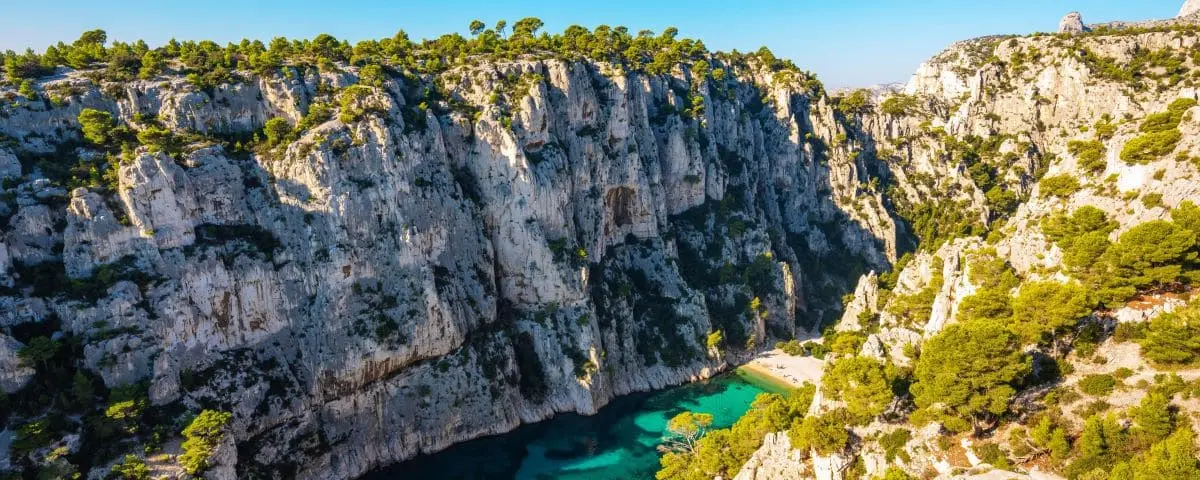
Overall Appeal ✦✦✦✦✦
Type Hiking
Visit Self-guided
Cost Free
French Names
Parc National des Calanques
Les Calanques
Calanques National Park, stretching from Marseille to Cassis town, is renowned for its stunning limestone cliffs, turquoise waters, and secluded beaches. This natural paradise offers hikers an array of trails with breathtaking views over the Mediterranean Sea.
The most renowned areas are those near the town of Cassis, the Calanque de Port-Pin, and the Calanque d’En-Vau.
The trails vary from easy walks to challenging climbs, ensuring something for every hiker.
3. Cassis Cliffs
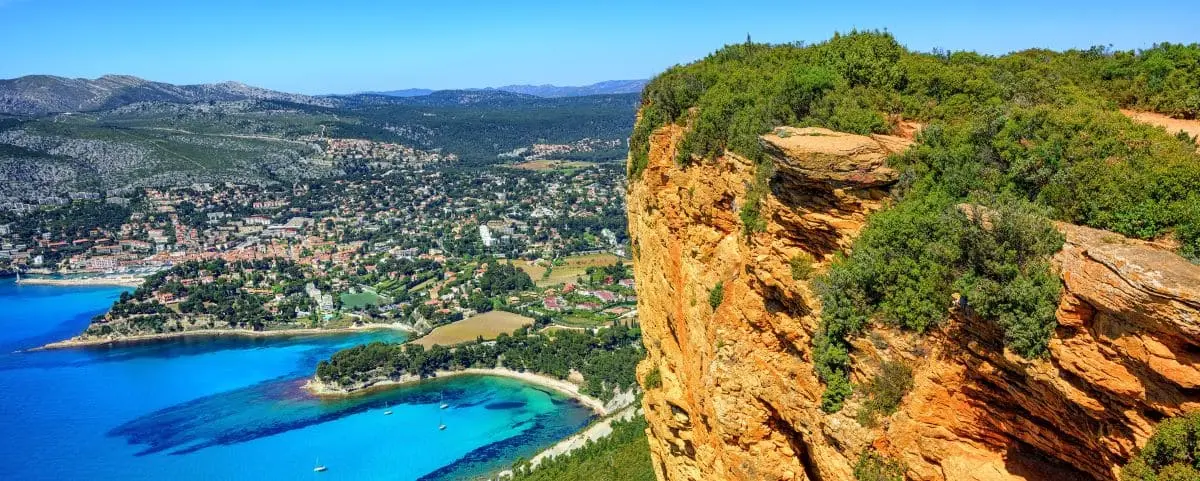
Appeal ✦✦✦✦✦
Type Hiking
Visit Self-guided
Cost Free
French Names
Falaises de Cassis
Falaises de Soubeyranes
Cap Canaille
Route des Crêtes
These cliffs are located on the other side of the town of Cassis. They offer a hike along the ridge with an exceptional panorama of the bay of Cassis and the surrounding rock formations.
The hike is sloped, with access points at the top or bottom. Therefore, you will need to choose whether you want to go uphill or downhill for the outward or return journey. You can also start from Cassis town.
It is a hike of medium to difficult level.
These cliffs are administratively part of the Calanques National Park.
4. Avignon Town
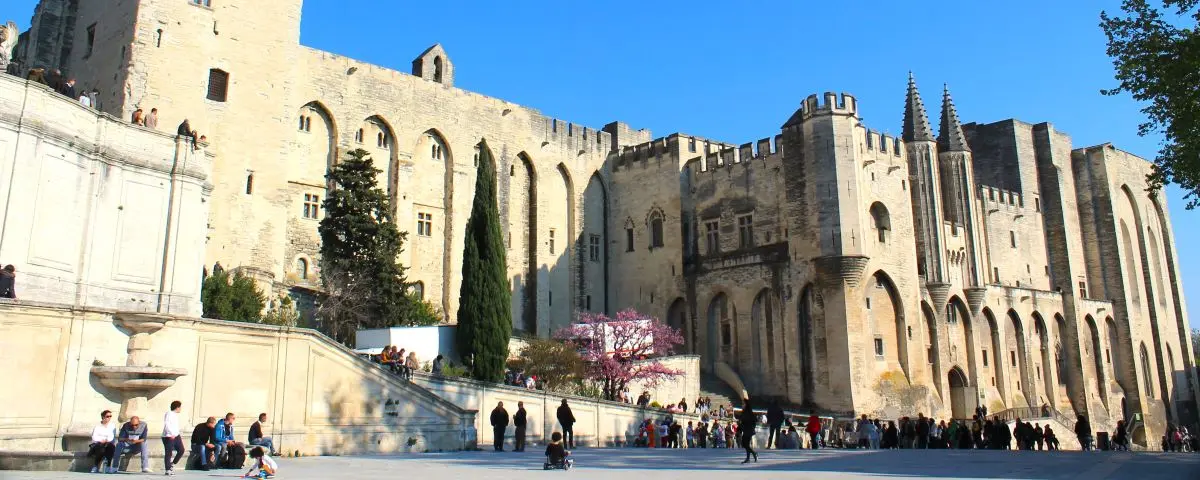
Overall Appeal ✦✦✦✦✧
Avignon, known as the City of Popes, is famed for its historical and architectural treasures. The medieval city is encircled by well-preserved walls and boasts the majestic Palais des Papes, a testament to its rich papal history.
In the 14th century, Avignon became the residence of the popes, significantly enhancing its political and cultural status.
Today, Avignon is a UNESCO World Heritage site celebrated for its annual arts festival.
- Palace of The Popes ✦✦✦✦✦
- Town Center ✦✦✦✦✦
- Walking Tour ✦✦✦✦✦
- Food Tour ✦✦✦✦✦
- etc.
On the other side of the river lies another town, Villeneuve-lès-Avignon, less well-known but home to several tourist attractions.
➡️ 11 Things to Do in Villeneuve-lès-Avignon
- La Chartreuse Monastery ✦✦✧✧✧
- St. André Fort ✦✦✧✧✧
- St. André Garden ✦✦✧✧✧
- etc.
5. Arles Town
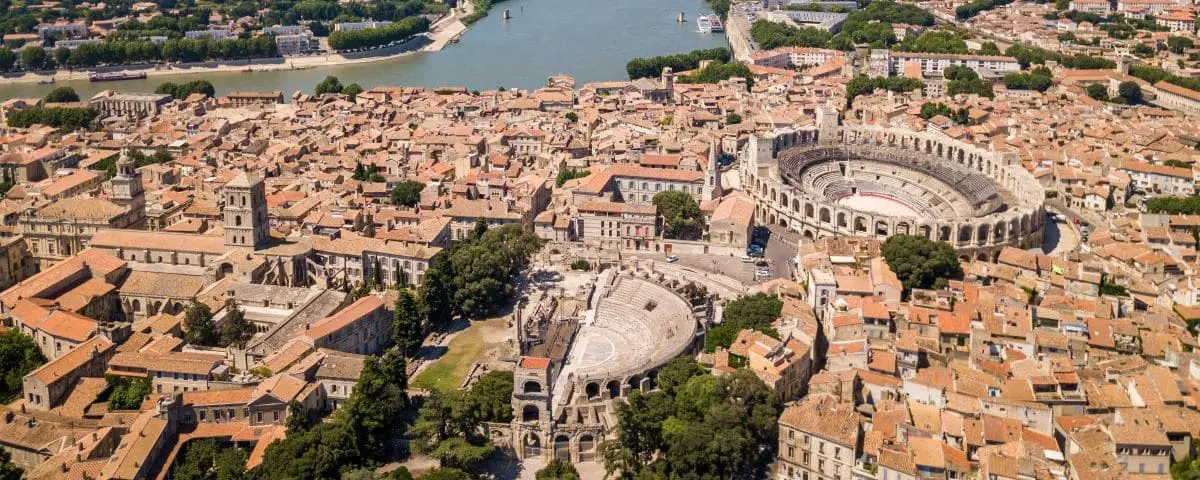
Overall Appeal ✦✦✦✦✧
Arles, a town rich in Roman heritage, is renowned for its ancient monuments and its influence on the artist Vincent van Gogh. The town’s amphitheater, baths, and necropolis are some of the best-preserved Roman sites in Provence.
Van Gogh spent a prolific period here, creating over 300 works inspired by the town and its surroundings.
- Roman Amphiteater ✦✦✦✦✧
- Antique Theater ✦✦✦✧✧
- Town Center ✦✦✦✧✧
- etc.
6. Aix-en-Provence City

Overall Appeal ✦✦✦✦✧
Aix-en-Provence, a city of fountains and charming squares, exudes an air of elegance and cultural richness. Known for its vibrant arts scene, it has been a favorite of artists, scholars, and writers throughout history.
Founded by the Romans in 2nd century BC, Aix became the capital of Provence in the Middle Ages. The city flourished during the Renaissance, attracting artists like Paul Cézanne, who was born here. The 19th and 20th centuries saw Aix become a center for education and culture.
➡️ 23 Things to Do in Aix-en-Provence
- City Center ✦✦✦✦✦
- Walking Tour ✦✦✦✦✦
- Food Tour ✦✦✦✦✦
- Food Markets ✦✦✦✦✧
- etc.
7. Baux-de-Provence Village
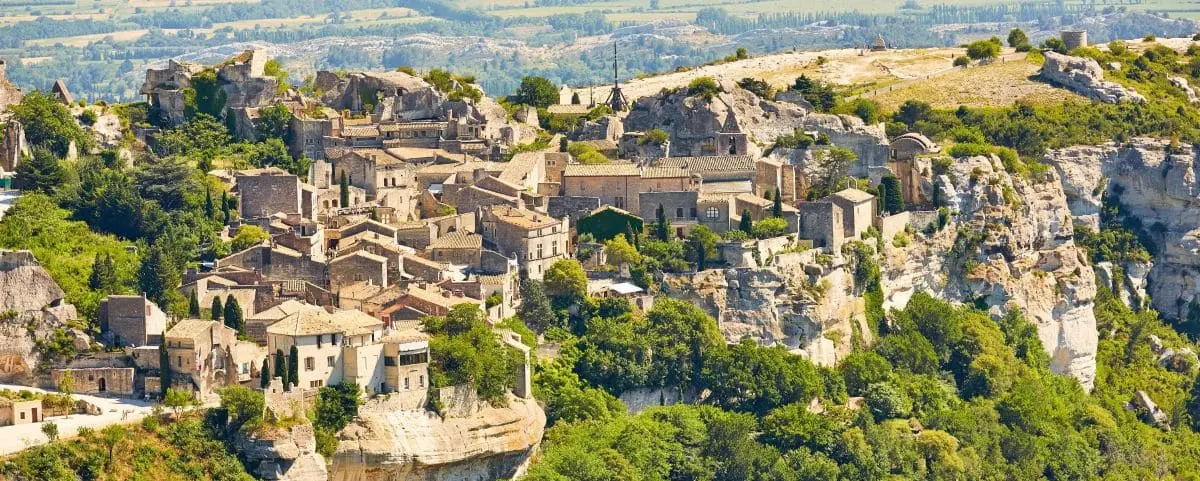
Overall Appeal ✦✦✦✦✧
Baux-de-Provence is a picturesque village perched atop a rocky outcrop, offering panoramic views of the surrounding countryside. Known for its medieval architecture and narrow, winding streets, it is a quintessential Provençal village. The village’s history dates back to antiquity, but it gained prominence in the medieval period.
The place is also known for its Carrières de Lumières, an art and light show set in a former quarry.
➡️ 12 Things to Do in Baux-de-Provence
- Village Itself ✦✦✦✦✦
- Viewpoint over the Village ✦✦✦✦✦
- Stone Quarry Digital Art ✦✦✦✦✧
- etc.
8. St-Rémy-de-Provence Town
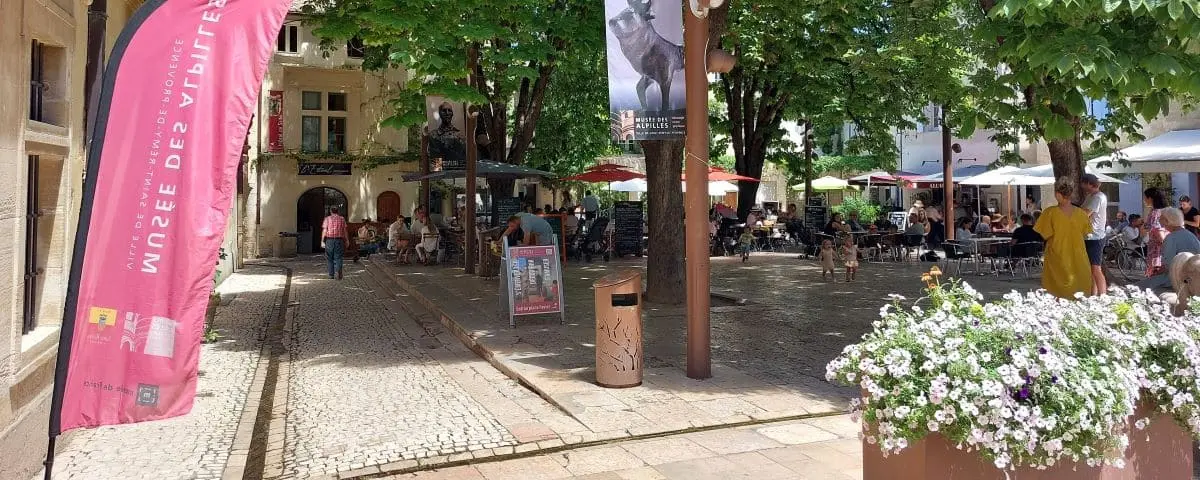
Overall Appeal ✦✦✦✦✧
St-Rémy-de-Provence is a charming village known for its Roman heritage and association with Vincent van Gogh. Its quaint streets and vibrant market make it a popular destination for visitors seeking an authentic Provençal experience.
Historically, St-Rémy is famous for the ancient Roman site of Glanum, which dates back to the 6th century BC. Van Gogh spent a year here in the 19th century, producing some of his most famous works.
➡️ 12 Things to Do in Saint-Rémy-de-Provence
- Town Center ✦✦✦✦✦
- St. Paul Monastery (Van Gogh) ✦✦✦✧✧
- Glanum Roman Ruin ✦✦✦✧✧
- etc.
9. Gordes Village

Overall Appeal ✦✦✦✦✧
Gordes is one of the most beautiful villages in Provence, perched on the southern edge of the Plateau de Vaucluse. Its stone buildings and cobblestone streets offer a quintessential Provençal experience.
Historically, Gordes has seen occupation since Roman times, but it flourished in the Middle Ages as a fortified hilltop village.
The village is also known for the nearby Sénanque Abbey, surrounded by lavender fields that bloom in July.
- Viewpoint over Village ✦✦✦✦✦
- Village Itself ✦✦✦✦✧
- etc.
10. Provence Vineyards
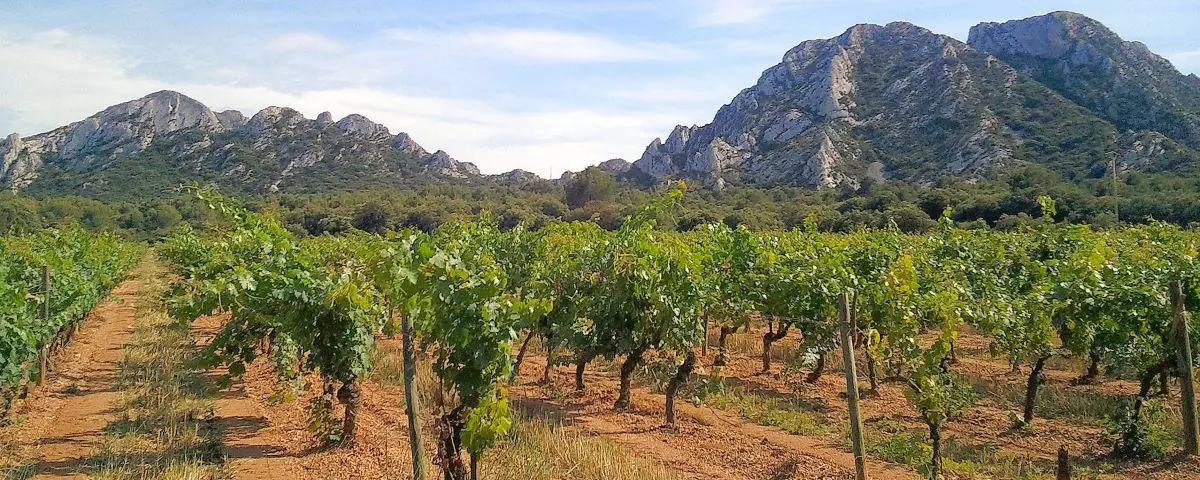
Appeal ✦✦✦✦✧
Type Vineyards & Tastings
Visit Guided Tour
Cost Paid
The vineyards of Provence are known for producing some of the world’s finest rosé wines.
Provence’s wine-making tradition dates back to the Phoenicians, who introduced viticulture around 600 BC. The Romans expanded the vineyards, and by the Middle Ages, monastic orders were cultivating the land. The region’s wines gained prominence in the 19th century, with rosé becoming particularly popular.
Many vineyards offer tours and tastings, allowing visitors to sample and learn about the wine-making process.
11. Camargue Park
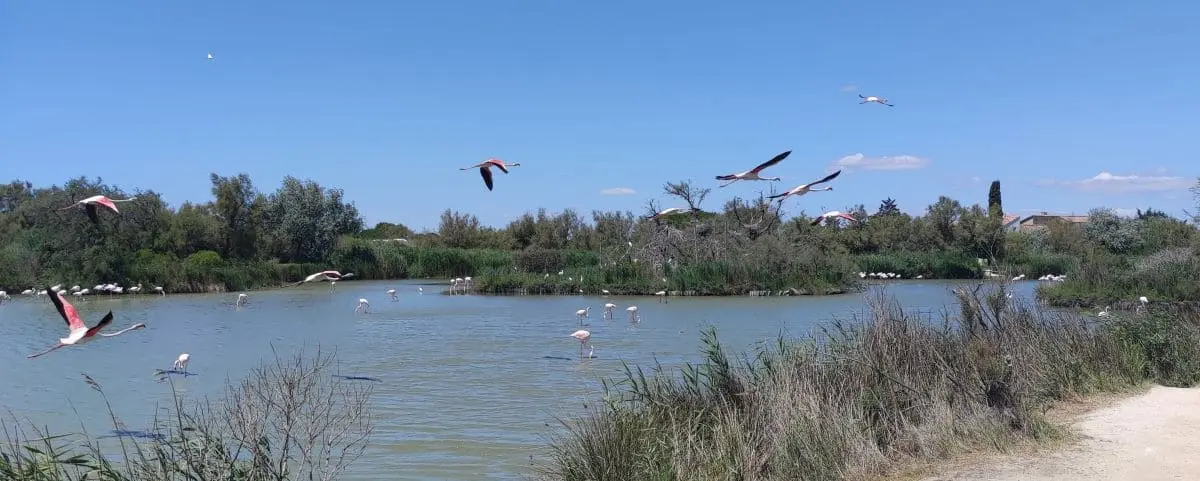
Overall Appeal ✦✦✦✧✧
French Names
Parc Naturel Régional de Camargue
La Camargue
The Camargue is a unique natural region known for its vast wetlands, wild horses, and rich biodiversity. Located between the Mediterranean Sea and the Rhône River, it offers a striking contrast to the typical Provençal landscape.
Notable elements include the iconic white Camargue horses and the region’s black bulls, both of which are integral to local culture. The Parc Ornithologique de Pont de Gau is a haven for bird watchers, featuring flamingos and other species.
➡️ 19 Things to Do in Camargue
- 4×4 Safari ✦✦✦✦✦
- Horse Riding ✦✦✦✦✧
- etc
12. Luberon Massif
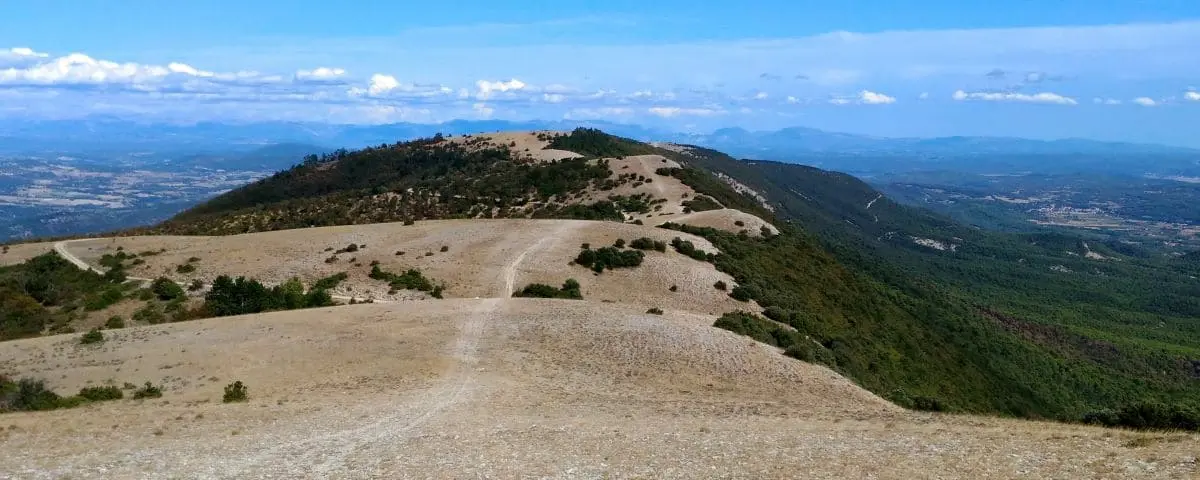
Appeal ✦✦✦✧✧
Type Hiking, Biking
Visit Self-guided
Cost Free
French Names
Massif du Lubéron
Le Lubéron
The Luberon Mountain Range offers scenic trails perfect for hiking and biking. Outdoor activities are complemented by the area’s rich cultural heritage, mostly known for its picturesque villages.
The peaks reach around 1100m (3600ft).
20 SECONDARY THINGS TO DO
➡️ 20 Unusual Things to Do in Provence
- St. Victoire Massif ✦✦✦✧✧
- Mount Ventoux ✦✦✦✧✧
- Provençal Colorado ✦✦✦✧✧
- etc.


